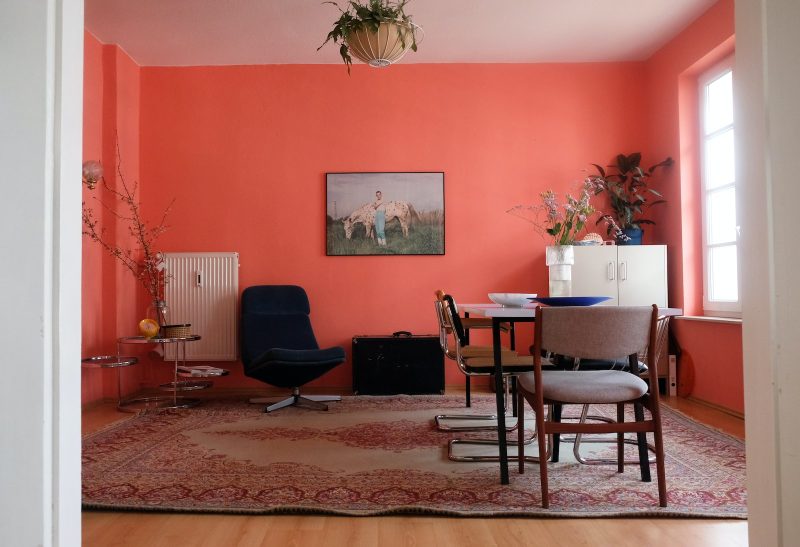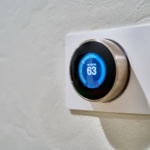Determining the ideal rental rate for a property is integral to ensuring maximum profits and averting overcharging. Landlords may be tempted to set their rates too high, but this can result in extended vacancies if renters are unable or unwilling to pay excessive prices. Here are some tips landlords can use to ascertain that they’re pricing their rentals suitably without exceeding market value.
Analyze Local Market Conditions
The initial step is analyzing local market conditions. Being cognizant of what other landlords in the vicinity are charging for similar properties will help you identify current trends and inform your decision when it comes time to set your own rate. Additionally, investigating rent patterns in the area will provide insight into whether rents have been climbing or declining over time and by how much – this knowledge can serve as an indicator of whether any potential boosts (or decreases) would be appropriate or not.
Setting the right rental rate for your property is crucial to maximizing your profits and avoiding overpricing. To get started, it’s important to analyze local market conditions and understand what other landlords in your area are charging for similar properties. This will give you a good idea of current trends and help you make an informed decision when it comes to setting your own rental rates.
By researching rental patterns in the area, you can also gain insight into whether rents have been increasing or decreasing over time and by how much. This information can be a useful indicator of whether a rental rate increase or decrease would be appropriate for your property. It’s also a good idea to consider any unique features or amenities that your property may have, such as a pool or a garage, as these could justify higher rental rates compared to similar properties in the area.
Consider Property Features and Amenities
When setting rental rates, it’s also important to consider the features and amenities that your property has to offer. If your property has a pool, a garage, or recently updated appliances and countertops, these could be used to justify higher rental rates compared to similar properties in the area.
On the other hand, if your property has drawbacks such as outdated bathrooms or noisy neighbors, it may be wise to not set your rental rates too high so as not to make up for these issues with higher costs. By taking into account both the positive and negative aspects of your property, you can determine a rental rate that is both fair and competitive in the local market.
Factor in Tenancy Lengths and Discounts
When setting rental rates, it’s also important to consider the length of time that tenants typically stay in rentals before moving out. Longer tenancies generally mean a steadier income than regular turnovers, and offering discounts for longer leases, such as 6-month leases at a lower price than month-to-month contracts, can incentivize tenants to stay longer.
Additionally, it’s important to keep in mind the competition in the local market. If there are many similar properties available nearby, reducing your rental rate slightly may help you attract tenants who might otherwise go elsewhere due to cost concerns. By considering tenancy lengths and discounts, you can attract high-quality tenants and maximize your property profits.
Final Thoughts
In conclusion, determining rental rates is a process that requires careful thought and consideration of all factors involved. Rather than rushing into a decision, it’s important to take the time to analyze local market conditions, consider the features and amenities of your property, and factor in tenancy lengths and discounts. By taking a thoughtful approach to rental pricing, you can ensure that you’re not losing money on rentals priced too low or scaring away prospective tenants with overly high charges.









